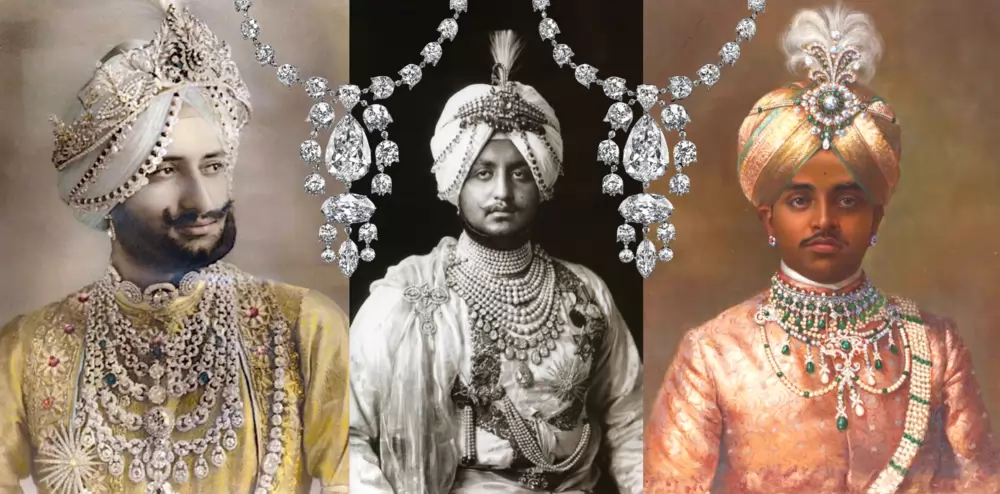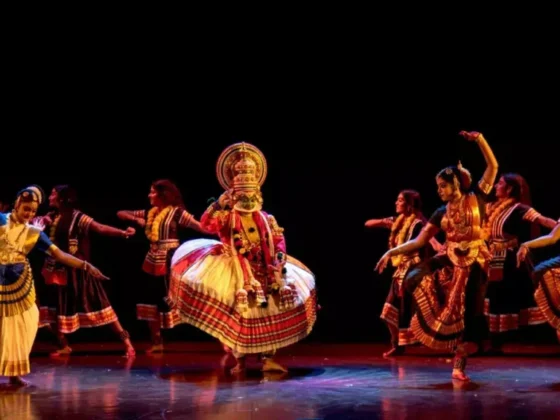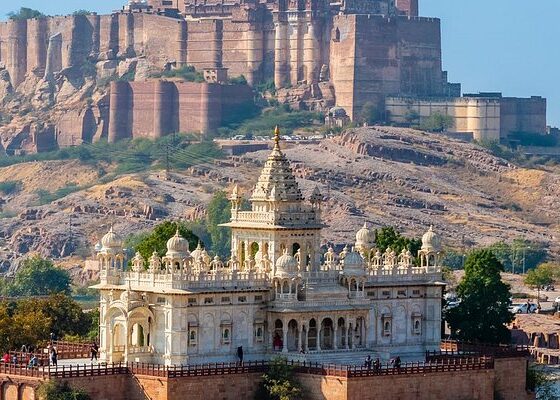The Indian royal courts were hubs of creativity and artistic expression, and many royal families were patrons of the finest designers and artisans, especially when it came to clothing, jewelry, and palace interiors. The influence of Indian royals on design and fashion is still seen in modern times, with royal patronage shaping traditional crafts and techniques. Here are some of the best designers, artisans, and notable figures from the time of Indian royals who were instrumental in shaping royal fashion and design:

Royal Designers: The Artistic Legacy of India’s Regal Patrons
Indian royalty didn’t just govern—they inspired. From architecture and sculpture to jewelry and textiles, royal courts across India became cradles of creativity. Here are stories of kings, queens, and artisans who shaped India’s rich design heritage.
1. Maharaja Jai Singh II of Jaipur – Patron of Architecture and Jewelry
Maharaja Jai Singh II was more than a ruler; he was a visionary who fused science with beauty. He commissioned the Jantar Mantar observatories and elevated Jaipur as a hub for Kundan and Meenakari jewelry.
His court attracted top jewelers and designers. They crafted vibrant, intricate pieces that royal families still treasure today.
Image: Jai Singh II in his palace, surrounded by Kundan jewelry and the arches of astronomical design.
2. Maharaja Bhupinder Singh of Patiala – Icon of Fashion and Opulence
Maharaja Bhupinder Singh redefined luxury. He collaborated with Nawab Shamsher Singh to design the iconic Patiala Necklace—an opulent piece made of diamonds and pearls that remains a global symbol of grandeur.
His taste in tailored garments and lavish accessories made him a fashion icon, influencing royal wardrobes across India.
Image: The Maharaja adorned with the Patiala Necklace, seated in his palace among silks, jewels, and elite courtiers.
3. The Maharanis of Baroda – Curators of Elegance
Maharani Chimnabai and Maharani Shubhangini brought grace to Baroda’s royal style. They influenced the design of royal sarees, jewelry, and traditional attire by working closely with India’s finest designers.
These queens helped popularize the use of gold threads, fine silks, and rare fabrics in court fashion, setting high standards for royal aesthetics.
Image: Maharani Chimnabai in an embroidered saree, surrounded by jewelers and tailors at work.
4. Maharaja of Mysore – Champion of Silk Weaving
Maharaja Krishna Raja Wadiyar IV turned Mysore into a silk capital. His support for artisans elevated the Mysore Silk Saree into a symbol of royalty.
Under his patronage, weavers created luxurious fabrics with gold zari and floral motifs that remain sought after even today.
Image: The Maharaja observing silk weaving in progress, with finished sarees draped in royal chambers.
5. The Mughal Tailors – Masters of Royal Wardrobes
During Akbar and Shah Jahan’s reigns, Mughal courts became fashion hubs. Tailors created elaborate garments from brocade, velvet, and silk, adorned with Zardozi and Chikan embroidery.
They didn’t just dress emperors—they designed garments that embodied prestige and artistic brilliance.
Image: A Mughal emperor in a richly embroidered robe, with tailors hand-stitching detailed patterns in the background.
6. Ustad Ahmad Lahauri – The Visionary Behind the Taj
Ustad Ahmad Lahauri, chief architect of the Taj Mahal, redefined Mughal design. His blend of Islamic, Persian, Turkish, and Indian styles influenced not just architecture but every aesthetic aspect of court life.
His legacy lives on in the floral motifs, inlaid gemstones, and marble work seen across Mughal palaces.
Image: Lahauri presenting designs to Shah Jahan, with the Taj Mahal emerging behind them.
7. The Chola Dynasty – Sculptors of Divine Design
The Cholas didn’t just build temples—they brought divinity to life through art. Under Raja Raja Chola I and Rajendra Chola, artisans crafted bronze sculptures with exquisite detail and spiritual depth.
These bronzes, often used in rituals, became the artistic pride of the dynasty and a lasting influence in South Indian art.
Image: A Chola king overseeing bronze casting, with completed sculptures glowing in temple light.
8. Rajput Courts – Keepers of Traditional Design
The Mewar and Marwar dynasties patronized miniature paintings, scroll art, and ornate woodwork. Their palaces became canvases where skilled artists depicted Rajput legends, court scenes, and vibrant motifs.
Their artistic taste ensured that Rajput design remains alive in modern Rajasthan’s crafts and décor.
Image: A Rajput king in a palace hall filled with miniature paintings and artisans working on scrolls.
These royal patrons weren’t just rulers—they were tastemakers, designers, and visionaries. Their choices shaped India’s visual identity, and their influence continues to inspire designers across the world.



